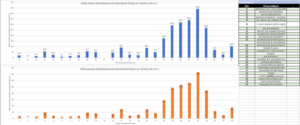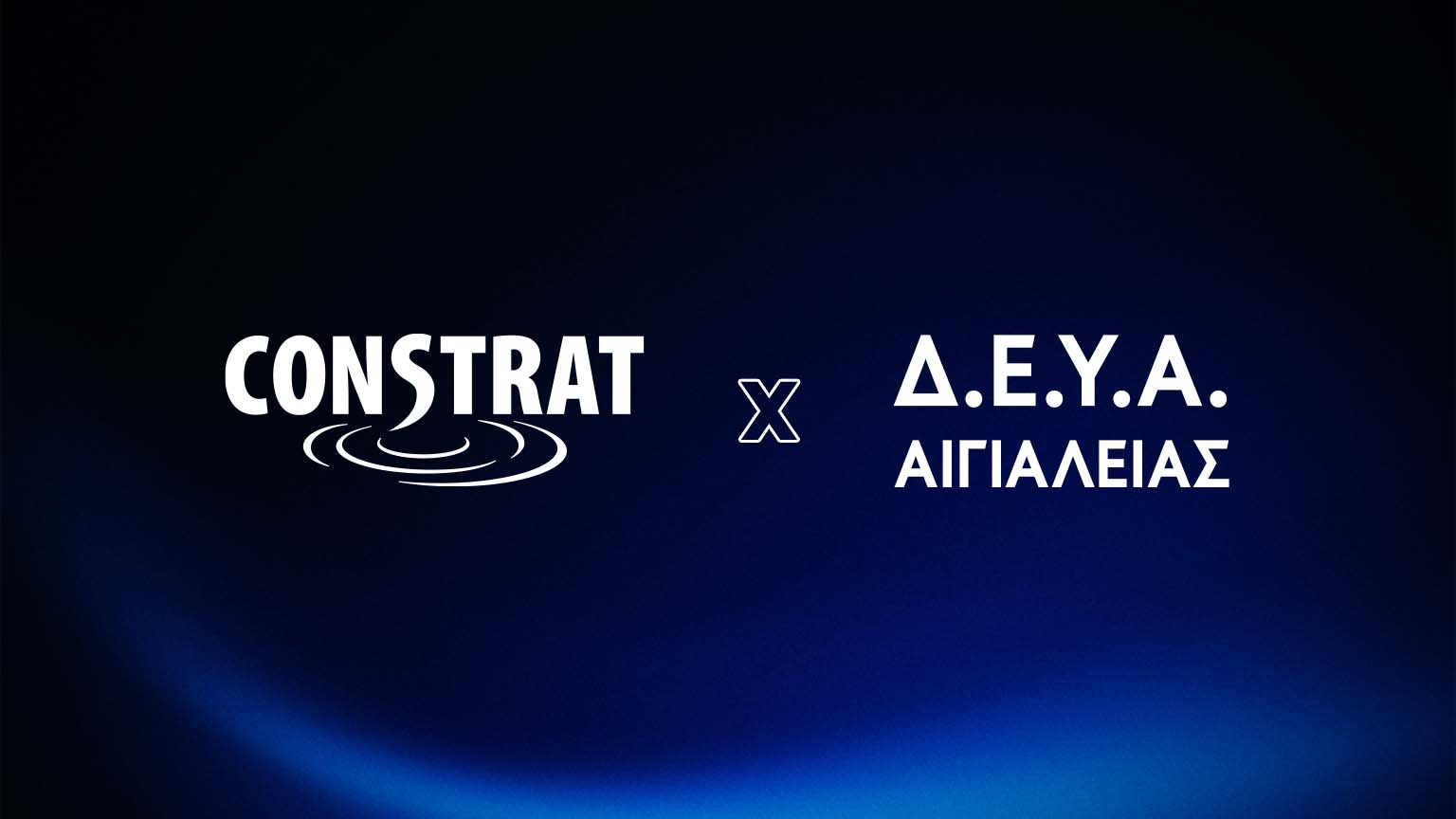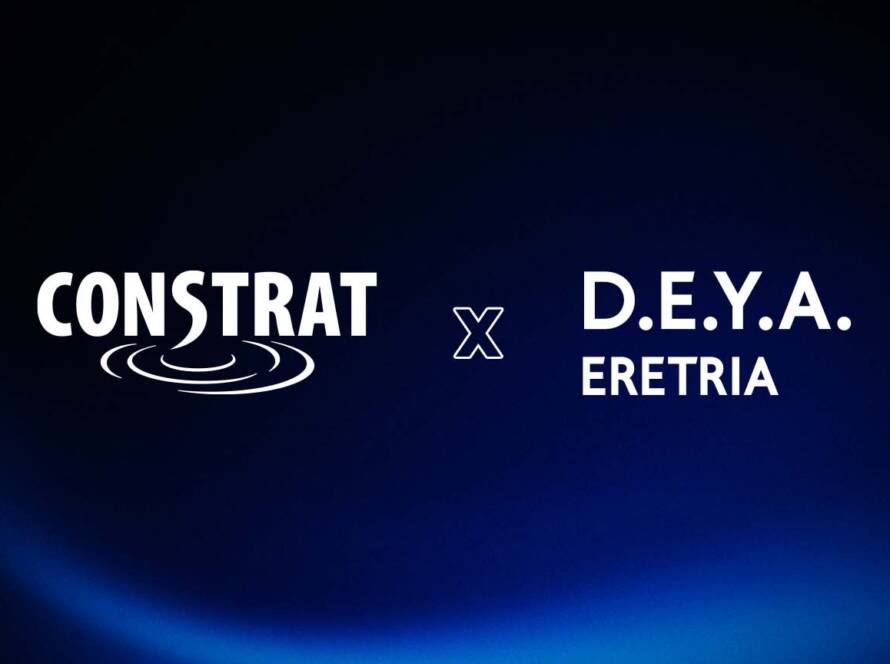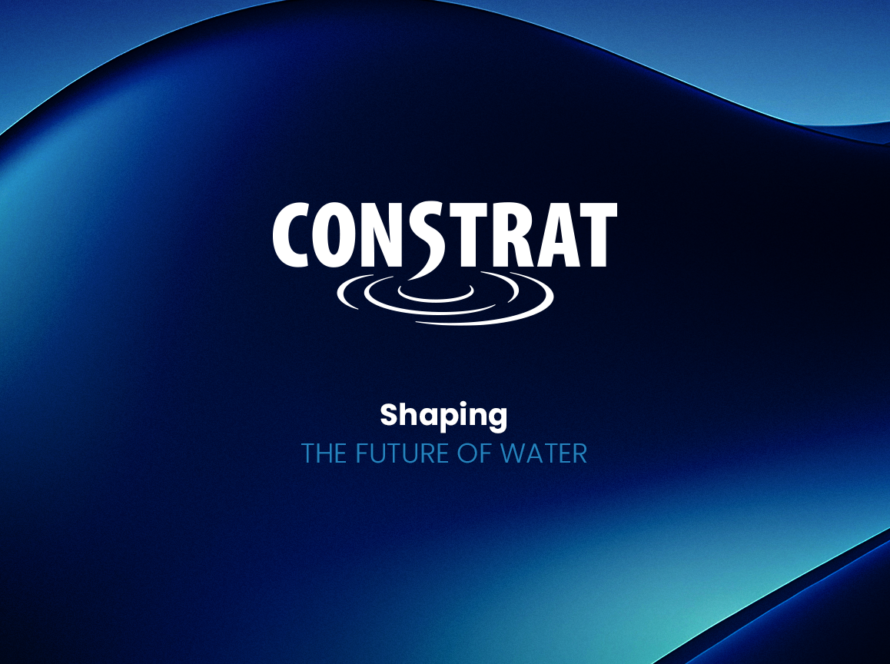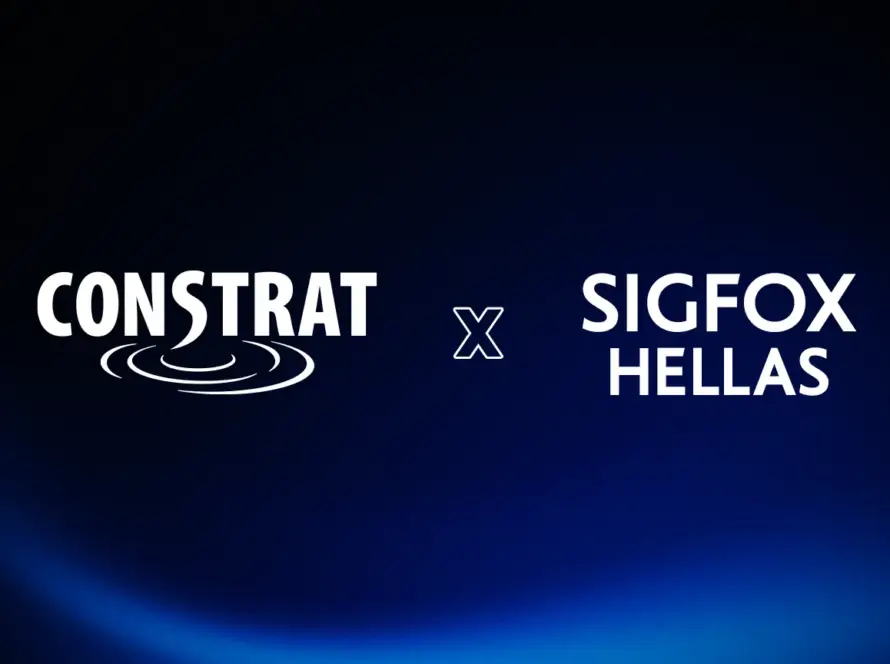"SUPPLY, INSTALLATION AND COMMISSIONING OF A MONITORING-REMOTE CONTROL-REMOTE MANAGEMENT AND LEAK DETECTION SYSTEM FOR THE EXISTING EXTERNAL AND INTERNAL WATER SUPPLY NETWORK OF D.E.Y.A. AIGIOU"
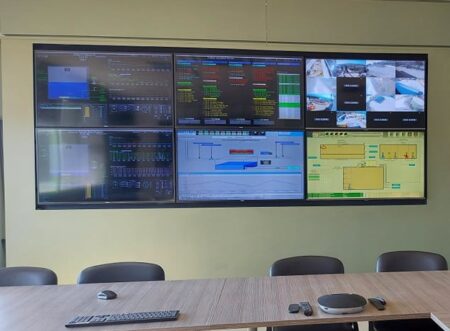
The monitoring, remote control – remote management and leak detection system of the existing external and internal water supply network of D.E.Y.A. Aigialeia includes:
- 10 Local Control Stations (L.C.S.)
- 28 Internal Network Stations (I.N.S.)
- Control Center
- Communication Network
The objectives of the project was to reduce water leakage by at least 50%, to reduce the operating hours of the wells, to reduce the energy consumed in the wells and to reduce the wear and leakage in the network through the regulation of the operating pressure.The internal network has been divided into zones for better and more specific control. The main parameters of the zones are recorded through local pressure and flow recording stations. Some of them are equipped with a reducer to control the pressure and reduce losses in case of leakage.
The set of the stations of the Internal Pressure - Supply Control Network is shown on the platform of the following pictures. The user can have a visual overview of the operating status of the IEDs, as well as the main malfunctioning problems that each IED is experiencing.If the user wishes to view in more detail the data and recordings of each IED, he selects the IED he wishes and is guided to the platforms presented in the next two paragraphs.
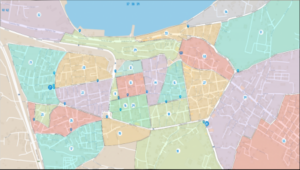
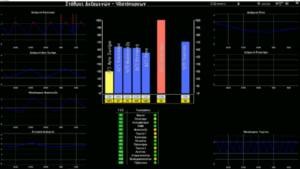
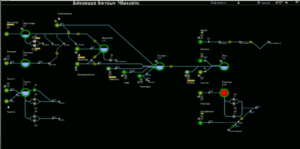
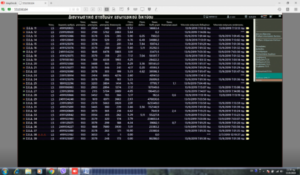
- The internal network pressure - flow control stations using reducers are located at central points of the network and
- have the ability to automatically limit the pressure of the network. Their main features are pressure recording and automatic regulation and flow recording. These stations are installed at central points in the network. The figure below illustrates the operating and recording environment of an Internal Network Station with reducer
- The internal network pressure - flow control stations are located at central points of the network and have
the possibility of recording the pressure and flow rate. The following figure shows the operating and recording interface of an Internal Network Station.Its main features are the recording of pressure and flow rate as well as the detection of water leakage in the ground of the well.
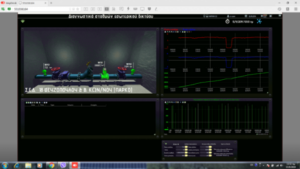
The external network stations are located at the generation and storage-distribution points of the network.
They are capable of recording a wide range of data (pressure, flow, level, quality characteristics, etc.). They also enable remote control of pumps and other electronic equipment. At the same time, they ensure the statistical data (level, consumption, operating hours, etc.) for all the installed equipment, displaying all active alarms and notifications concerning each Local Station. The following figures illustrate the operating and logging interface of the External Network Stations.
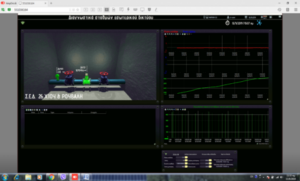

LEAKDETECTION SOFTWARE
Leakage detection is based on the minimum nightly consumption and the ratio of maximum to minimum daily consumption. The internationally accepted average nightly consumption per hydrometer is 3 Lt/hour. The ratio of maximum to minimum daily consumption shall be at least 4 for zones up to 500-600 hydrometers.
For the calculation and detection of leaks, the system includes three main categories to control the distribution of the supplied water and the indirect detection of leaks.
The first category includes the balances of the main water supply reservoirs, the central reservoir and the Rena reservoir. For each balance the inputs and outputs of the system are recorded. The inputs are recorded as the flow rates of the boreholes supplying the reservoir. The outputs are the flow rates from inland network stations fed directly from the reservoir. In this way, it is possible to calculate and thus detect leakages in the two balances.
The 2nd category, consists of distribution zones that include wells with direct supply to consumers. In these zones, the wells supply reservoirs located a very short distance away and then the reservoirs supply consumers directly. There are no intermediate water supply systems between the reservoirs and the consumers. Knowing the number of water meters corresponding to each borehole and the flow rate of the pumped water, the quantity corresponding to each water meter is calculated. From this distribution it is possible to identify leaks in a specific area. Translated with DeepL.com (free version)
The 3rd category, consists of the distribution zones that include the Internal Network Stations and the total number of consumers per zone. Knowing the flow rate of the water supplying the zone and the number of water meters corresponding to each zone, the quantity corresponding to each water meter is calculated. From this distribution it is possible to identify leaks in the area concerned.
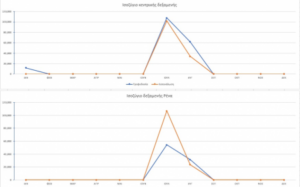
From the recordings before the development of the remote control - remote management system, it appears that the leaks in this network are 2.100.000 m3 / έτος. The aim of the financing of the remote control and management system is to reduce leakages to 1,050,000 m3 /year.
Calculation of energy and economic gain
For each cubic metre of water, we need 0.68 KWh®0.1€ = (0.68*0.15€/KWh)
By saving cubic meters of water, we save electricity, reduce the operating hours of the wells and have the option to activate the wells with the most economical operation.
Project results within 3 months of operation
- Saving water resources by 000 m3/year from leak detection
- Saving water resources by 000 m3/year from the operating pressure setting
- Saving 600.000 KWh/year
- Saving 90.000€/year
Since the integration of the remote control system is very recent, enough data is needed to complete its configuration. In cases of surface leaks the detection was immediate, while in cases of hidden leaks it took more time to achieve the identification of the exact location of the leak.
From the analysis of the data so far, other leakage zones have been identified. The PPC will identify and repair these leaks in the near future.
The volume of water resources saved by repairing these leaks is estimated at 400.000 m3/ year.
